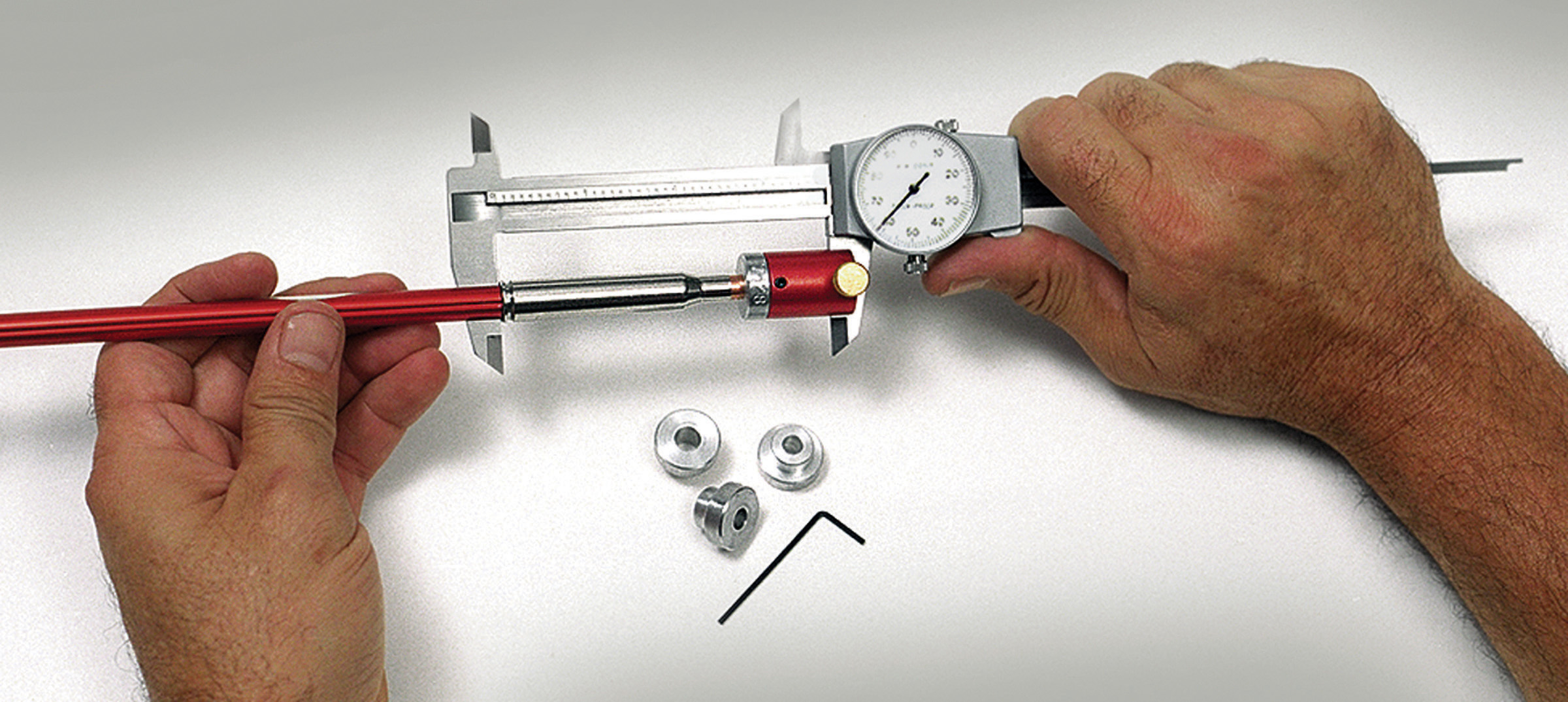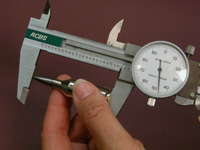
I have an email buddy who recently sent me a description of his sheep hunt in the Yukon. To say it was “snake bit” would be an understatement. Bad weather, a bad outfitter and bad timing all conspired against him.
The last straw came when his equipment failed. After an aborted stalk, he tried to unload his gun and found the bolt would not open. He and the guide (perhaps foolishly) beat it open with a rock. The problem was that the bullet was jammed into the rifling of the barrel and when they beat the bolt open the bullet stayed in the barrel, pulling out of the cartridge and plugging the bore. This made the rifle inoperative. That was the last straw for my friend and he openly admitted to sitting on the rocks and crying while his embarrassed guide tried not to notice.
I wrote him back that only somebody who has experienced this kind of failure can understand. It’s an overused cliché, but a hunt like this for most people truly is “once in a lifetime” and it requires a huge investment of time, money and emotion. It is, in all probability, the one shot at this that will ever happen in that hunter’s life, and it is something that he has been dreaming about and working toward for most of his life.

Only somebody who has been there can truly understand the bitterness when it goes wrong. I know, I have been there and I can’t say I handled myself well either. But then, the hunter who takes this without some sort of emotional display would be suspect in my mind. When hunting stops being an emotional experience it is probably time to put away your guns and take up golf.
So what went wrong with the sheep hunt? Handloads. Don’t take that to assume I am in league with those hunters who claim handloads can’t be trusted, I am not. Many of my most important hunts have been trusted to handloads. I have hunted sheep, Cape buffalo and most recently brown bear with handloads. But there are a few things to keep in mind.
First off, my friend reported that his gun closed hard on his handloads. This is always an indication of a problem. In his case it likely meant that the bullet was seated out too far and was contacting the rifling lands. The problem with this is that it often results in excellent accuracy, so the hunter thinks he has the perfect load. If the contact does not stick the bullet in the barrel as happened to him and the cartridge can be extracted intact, the hunter assumes things are fine. They are not and this is a recipe for disaster.
What I suspect happened with him with the cartridge that did stick is that the cartridge was in the magazine of the gun while he fired to check his sights. If the handload is not done correctly the bullet can migrate out in the case each time the gun is fired. If the shooter keeps “topping off the magazine” after shooting, some of the cartridges can be in the magazine through several firings of the rifle. This can result in the bullet moving forward in the case a considerable distance.
Bullet migration can be a huge problem with dangerous game rifles. The stiff recoil and heavy bullet compound the effect. If, during a charge, the cartridge will not chamber, as is often the case after bullet migration, you are in big trouble. If it happens during a sheep hunt, you probably will not be killed by a charging ram. But, you may feel like killing yourself when you realize that your $30,000 hunt is over.
So what’s the solution? Easy. Make sure there is plenty of neck tension so that the case is firmly holding the bullet. Seat the bullet so that it is well off the lands, never touching. Leave a gap of at least .010-inch, but more is better. With dangerous game loads, always crimp the case mouth to the bullet. That’s not a bad idea with any hunting load if there is a cannelure on the bullet to allow crimping. Just remember to trim all your case necks so that there is a constant case length and so a constant crimp from case to case.
Rotate the ammo in the magazine. During my recent brown bear hunt I emptied the magazine in my guide’s .338 Winchester and clearly the cartridges on the bottom had been there a while. They were beaten and battered from smashing into the magazine well during recoil. They were crimped and sealed Federal factory loads and the bullets had not migrated. Still, when I showed them to him and explained about what could happen his face turned white and he quickly replaced the cartridges with fresh ammo.
Finally, test your equipment. In my never-humble opinion, it’s foolish to gamble an important hunt (and they are all important) on something you can control. Before any big hunt you should have lots of range time with your rifle and loads. You should spend multiple days and hundreds of rounds of ammo making sure nothing is going to go wrong.

Try loading the magazine and then shooting the rifle 15 or 20 times without changing the ammo in the magazine. Then try to chamber the cartridges in the magazine. If the bolt binds up, do not force it. Remove the cartridge and measure the length. It is almost a certainty that if it’s a lead-nose bullet it will be damaged, so use a bullet comparator to see if it has migrated out in the case.
Most problems will surface early. For example, I had a high-dollar, top name-brand scope turn to rattling trash this year before a big international hunt. If that had happened during the hunt, rather than at the range it would have been a disaster. I don’t keep records, but I would guess I fired about 100 rounds through my rifle before the scope turned belly up. It was a good example of the importance of plenty of pre-hunt trigger pulling. The practice will build your shooting skills, but even more important, it’s far less emotional to expose the problems before rather than during.
For the record, my friend solved the stuck bullet problem with some very creative thinking. But even after the rifle was repaired, the course of bad luck continued and his hunt was unsuccessful.
This article appeared in the December 21, 2009 issue of Gun Digest the Magazine. Click here to learn more. Click here to load up on a subscription.
Cartridges of the World Collection
This exclusive collection centers on the 14th edition of Cartridges of the World, an indispensable guide for any cartridge collector or handloader. Inside you’ll find coverage of over 1,500 cartridges, ample illustrations, articles written by top experts, and more. You also get Ammo Encyclopedia, 5th Edition, Gun Digest the Magazine’s special Ammo Issue and the American Standard Bullet Poster.









